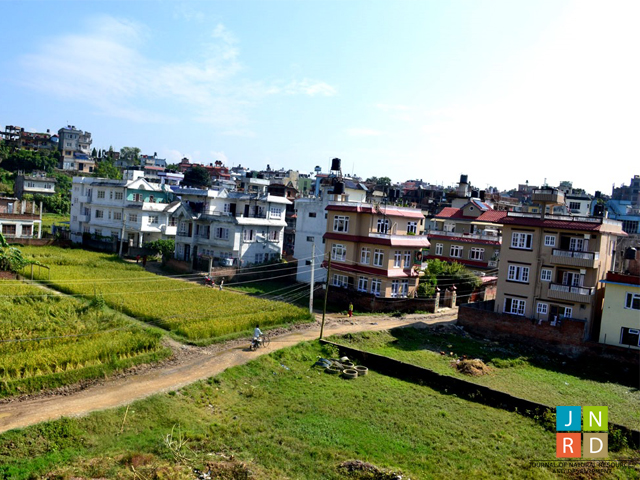Urbanisation trends in developing countries: Comparative study of Yogyakarta City and Kathmandu Valley
Main Article Content
Abstract
In the beginning of the third millennium, most third world countries faced a trend of high urbanisation rates. Many medium-sized cities tend to be metropolitan cities, so-called metropolitanisation. This paper examines the urbanisation of the Kathmandu Valley and Yogyakarta and their urban growth rates despite being in different geographical plates. In addition, we also analyse the common issues with urbanisation and haphazard conversion of the agricultural land into built-up areas within the city fringes. Yogyakarta is a city in Indonesia, which is experiencing an inevitable process of urbanisation and so is the Kathmandu Valley in Nepal. The aim of this paper is to explore the urbanisation process and trends in developing countries. A highly dynamic spatial pattern of urbanisation observed in Nepal and Indonesia where the spatial transformation is the main evidence that can be used to analyse the urbanisation process.
The review showed the urban area increased by 142.8 square kilometres from 1970 to 2010. The highest increasing number of urban areas occured from 1990 to 2000, dominated by fertile agricultural land beign converted into urban built-up areas. The very high increasing number of urban built-up areas do not cater for increasing population growth efficiently. In the case of the Kathamndu valley, urban built-up areas showed a slow growth trend in the 1960s and 1970s, dominated by agriculture urbanisation, but the growth became rapid from the 1980s onwards. This rapid growth is guided by higher conversion of land into urban built-up areas. The urbanisation process has developed fragmented and heterogeneous land use combinations in the valley, not complimenting the natural environmental conditions. Therefore, urbanisation processes in Yogyakarta and the Kathmandu valley require planned development to best utilize resources and their potential.
Article Details
Issue
Section

This work is licensed under a Creative Commons Attribution-NonCommercial-NoDerivatives 4.0 International License.

